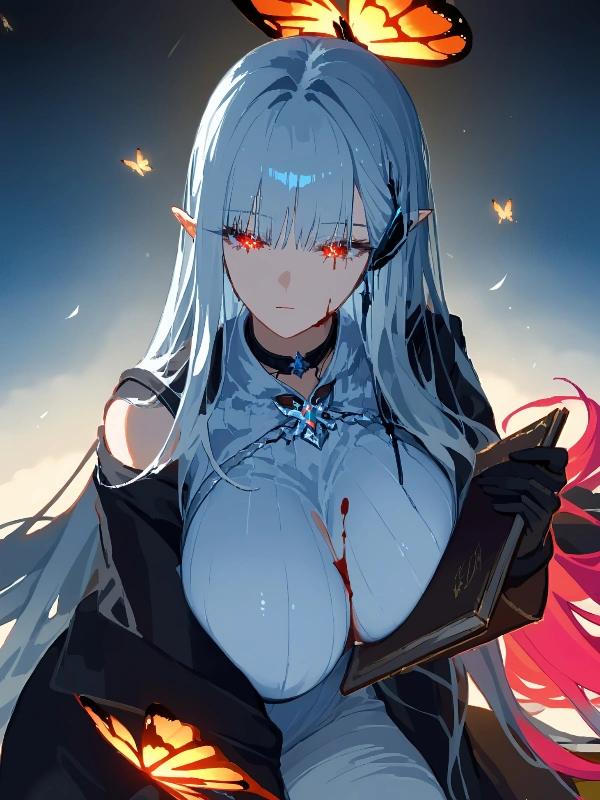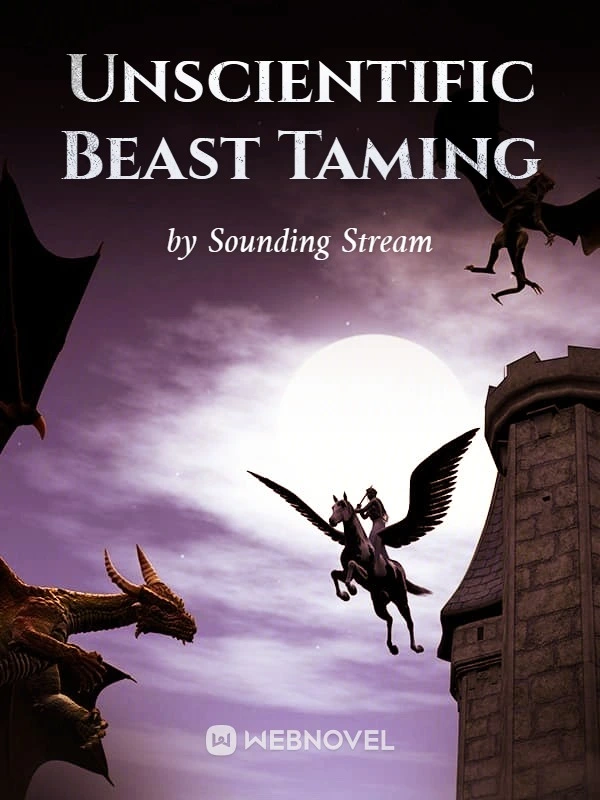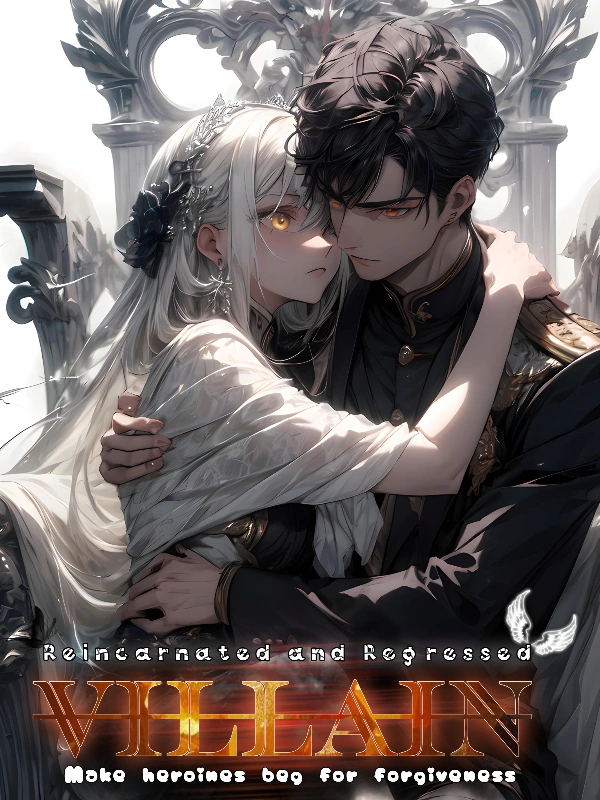Phloria thought about the apartments they had visited. Some of them hosted more than one person, but always adults. There were enchanted photos in each room, but none depicting children.
In the meantime, Quylla and Lith studied the skeletons in the old-fashioned way, with magnifying glasses and collected samples to analyze later.
“It’s indeed odd.” Quylla said. “Even the streaks of discoloration on the bones seem to have developed the same way for all same-sex Odi. Another thing that I noticed, is how well preserved the corpses are despite centuries having passed.
“Do you have a theory to explain all of this?”
“I do. It’s far fetched and creepy but I think it fits this place perfectly.” Lith replied.
“Let’s consider what we know. The Odi first defeated all illnesses by dramatically altering their bodies, correct?”
Both women nodded.
“Then they moved on to altering their physical appearance to achieve perfect looks, but doesn’t that mean they were basically copies of the same mold?”
“Oh gods.” Quylla had no concept of things like DNA or cloning, even so she managed to grasp what Lith was trying to say, but her mind needed some time to consider the implication of such practices based on what she knew.
“Okay, what?” The discussion was way above Phloria’s head. Her confused expression made Lith chuckle, creeping out both of his friends. They hadn’t seen him laugh ever since he had lost the Gatekeeper.
“I’ll make it simple. Imagine that to achieve perfect health, all of the Odi subjected their bodies to the same, identical alterations.” Lith said.
“I got that. I’m not stupid.” Phloria pouted.
“Never even thought that.” Lith gave her a soft smile, making something in her stomach flutter. “Then they wanted to have the same looks, maybe changing just their hair or skin color, but can you picture a society like that?”
“Gods, it would resemble a world full of only purebred dogs.” She said.
“Exactly, and what happens when you inbreed often enough to keep the so-called purity of any race?” Lith asked.
“Are you saying that the Odi were sterile? All of them?” Phloria asked.
“Well, if he’s right being sterile was the least of their problem.” Quylla said.
“Madness, reduced lifespan, and congenital diseases are all things that would require even more Body Sculpting, with easily predictable consequences. Yet that conclusion seems a bit rushed to me. What makes you think their situation was so dire?”
“Lack of children, identical bodies…” Lith wanted to use the term clones, but Mogar’s language lacked such a term. “…and your earlier observation, Quylla. This is not medical research, it’s too random and desperate.
“As you said, they were hammering rather than chiseling.”
“Why aren’t we telling this to the Professors as well?” Quylla asked while putting together the various pieces of the puzzle.
“First, mine is just a groundless theory. I’m afraid that after hearing it, their judgment of our future discoveries might be biased. I want to see if they reach the same conclusion on their own.
“Second, I don’t trust them. They are facing the same problem the Odi had. They are old and they know they are going to die. Flawed or not, this technology would allow them to prolong their existence and keep their physical appearance.”
Lith’s paranoia was contagious and suddenly Quylla was almost happy that Professor Phesta had died. Each Professor had conveniently arrived with a talented Assistant/spare body, according to Lith’s idea.
Clearing the labs brought them more questions than answers and the private quarters confirmed at least part of Lith’s theory. The people in the enchanted pictures looked awfully similar, to the point that the Odi had to embroider their names on their clothes to recognize one another.
Another week passed and the expedition was done exploring half of Kulah. With time, they had grown insensitive to the various horrors and since they had grasped how to safely crack the defensive systems, they could explore multiple buildings in a single day.
Now what slowed them down was the fact that only two Professors were able to read the Odi language and the number of documents they had to read to understand each building’s purpose varied greatly.
While they deciphered the papers, the others explored the private quarters, searching for Kulah’s supervisor’s office.
“I think I need help.” Said Jerth while standing in front of a closed door, apparently identical to all the others. Yet she had opened so many of them that she couldn’t miss the presence of two extra runes in the array sealing the door.
“Good call.” Professor Neshal said. “Those are not extra runes, there is actually a fourth magic circle hidden below the first three. Cutting the mana cable would have triggered it and probably activated more Golems.”
Neshal followed the hidden array’s power nodes, discovering several hidden doors behind which she could sense the presence of Golem charging arrays.
‘Damn. Even Life Vision couldn’t spot the trap with all that frigging mana flooding the walls. What about you, Solus?’ Lith thought.
‘Same. All the buildings are just a white mass to me. I think that the Golems’ destruction has triggered some kind of alert. We are one mistake away from activating either Kulah’s defenses or its self-destruct mechanism.
‘At this point, I can’t find any other explanation for keeping all the buildings charged up with mana.’
Once again Lith cursed at his inability to share such precious information.
‘What about your tower?’
‘Not enough world energy for the full form, let alone for a Warp.’
Once Neshal deactivated all the arrays, she scanned the area again and so did Lith.
“I think we have found the headquarters.” The Professor said after opening the door.
The building was clearly an office of some kind. On the right, there was even a reception where the desk sergeant would sort visitors based on their rank. Even though there was no trace of danger, they scanned the place with each step.
Now that they were inside, both Life Vision and mana sense worked properly, allowing Lith to evaluate the importance of each room. Hidden arrays were only good as traps, to keep secret documents secure active spells were necessary.
Phloria teamed up with him as soon as she saw his eyes flaring up from time to time with mana. Lith gave her a small bow as a thank you. With her by his side, he would have had an easy way to justify any discovery he might make.
They navigated the floor quickly, taking only the time Lith needed to scan for hidden arrays. From the front desk branched several corridors, each one identical to the others. They encountered several doors along the way, each one was warded by arrays and had a golden tag at eye level.
Lith had no idea what was written, nor did he care.
“What if they hold something important?” Phloria asked. “Otherwise why keep them sealed with arrays?”
“Paranoia.” Lith replied and Phloria took his words at face value. It was the opinion of an expert, after all.
“They are just offices. There’s nothing magical inside, just desks and cabinets. That room, instead, glows like Kamila’s smile. Someone took a lot of energy to protect it.”
Phloria had yet to recover from the small sting she had experienced when Lith had used another woman as a benchmark to describe something beautiful when he Hushed their surroundings and shared with her Solus’s hypothesis about how dangerous Kulah’s glowing buildings were.





















